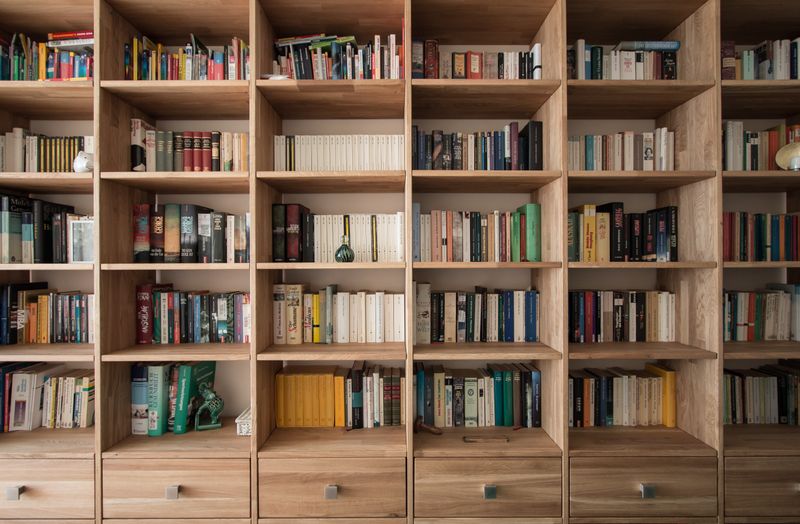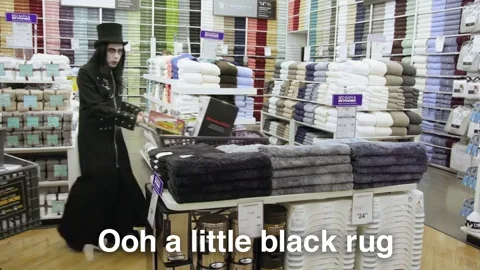
This logo isn't an ad or affiliate link. It's an organization that shares in our mission, and empowered the authors to share their insights in Byte form.
Rumie vets Bytes for compliance with our
Standards.
The organization is responsible for the completeness and reliability of the content.
Learn more
about how Rumie works with partners.
True story: my first apartment in New York City was a 7 foot-by-7 foot, windowless storage closet in a former eye doctor’s office.

Moving into such a small living space was daunting. How would I live, sleep, work, and entertain in such tight quarters? Where would all my stuff go?

Fortunately, I discovered that with a little creativity, even an impossibly tiny apartment can become a cozy, functional living space.
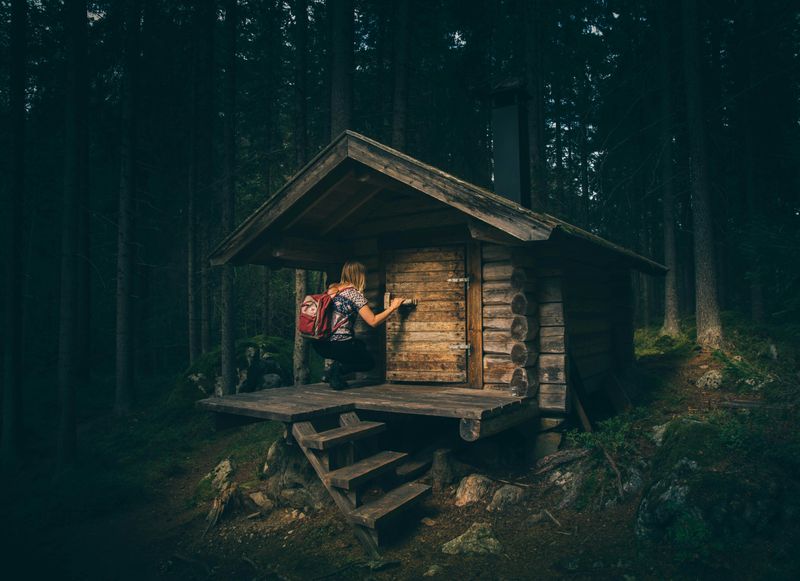 Photo by Geranimo on Unsplash
Photo by Geranimo on Unsplash1. Tiny Apartment Furniture Hacks
Maximize floor space taken up by your bed:
Add several inches of extra space underneath with bed risers, or open up space for seating or a home office by lofting the bed.
Choose a day bed, fold-out sofa, or futon to serve as seating during the day.
Multi-purpose furniture is another space saver:
Storage ottomans hide stuff away and can be used as extra seating.
A kitchen island with drawers can add storage, extra counter space, and even a dining surface in a tiny kitchen.
Use storage units, like wicker laundry hampers, as bedside tables. I used low filing cabinets for this in my tiny apartment. I'd slide them together to use as a desk, and even a dining table.

Did you know?
2. Creative Storage Saves Space
Above the fridge and kitchen cabinets: boxes, storage baskets, and your cookbooks will fit here.
Under furniture: slide shallow plastic tubs under the bed, sofa, and chairs.
Behind doors: Over-the-door towel rails, coat hooks, and shoe organizers can be repurposed to store clothes, umbrellas, blankets, beauty products, small kitchen tools, and pet supplies.
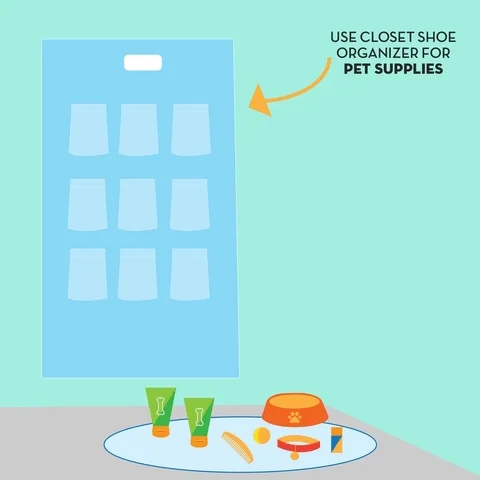
3. Magical Illusions for Small Spaces
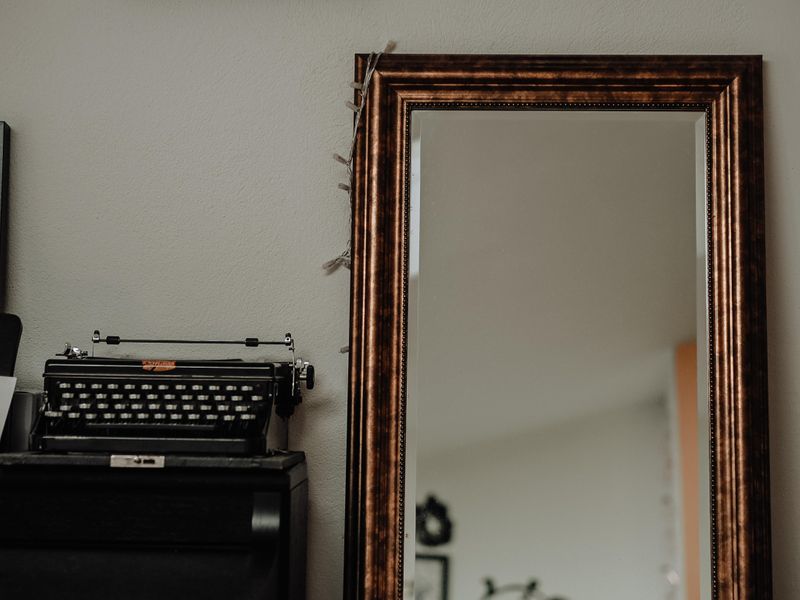 Photo by Laura Chouette on Unsplash
Photo by Laura Chouette on UnsplashInterior decorators often recommend mirrors to create the illusion of more space. They reflect light to make a room feel brighter and more open, and even “trick…the eye” with a glimpse into a room on the other side of the glass.
Wall paint is another way to make a small room feel more airy and spacious (if your landlord allows it). Different colors will achieve different effects:
Create visual zones that carve multiple, separate spaces out of a single room:
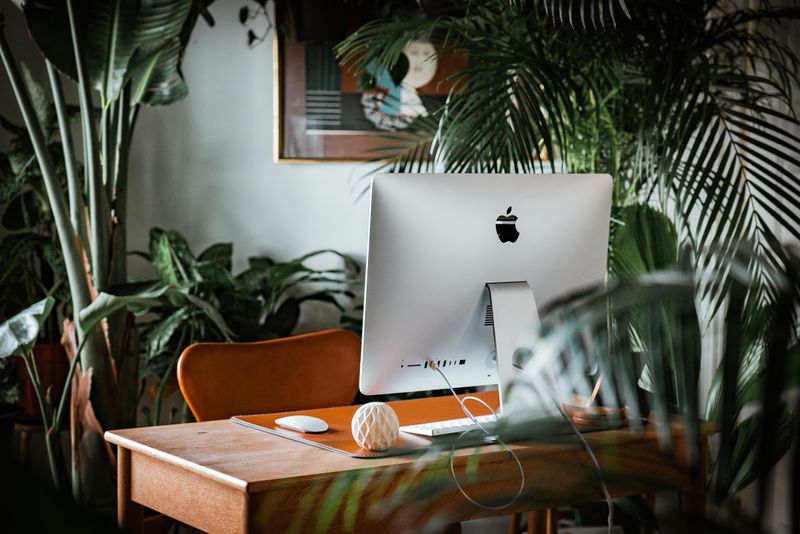 Photo by Andreas Dress on Unsplash
Photo by Andreas Dress on UnsplashUse room dividers to partition spaces. I’ve used beaded curtains for this, but a low dresser, a folding door, or even some tall plants could also provide visual separation and extra privacy around your sleeping or home office space.
Quiz
Milo is moving into a small studio (a one-room apartment) and wants to create the illusion of separate rooms with room dividers. Which pieces would help him partition his space? Select all that apply.
Curtains, folding screens, and bookshelves can all be used as room dividers to create the illusion of separate rooms. Wheeled furniture is great for a small space because it can be moved out of the way when not in use, but it won’t create the sense of a separate visual zone within the room, if that's what you're trying to achieve.
Take Action
 I came to love my tiny apartment in New York, but living in the space took some creativity. Try these solutions for your own small space:
I came to love my tiny apartment in New York, but living in the space took some creativity. Try these solutions for your own small space:
This Byte has been authored by
AK Liss
Learning Designer

